CS:GO Ranks Explained: How to Rank Up in CS:GO?
Table of Contents
Thousands of players gather together in the virtual space of CS:GO to enjoy shooting matches. How to make the experience of each and everyone enjoyable to the max? How to unite teammates of a similar level and give them equal opponents? The in-game ranking system does this task perfectly well, by dividing players into 18 cs go competitive ranks.
In this CS:GO guide, you’ll find all the significant information about those ranks. The more you know about the internal processes in the game, the more you get from your virtual adventures.
Are CS:GO ranks important?
The primary purpose of ranks in cs go and other multiplayer games is to allow guys of roughly equal skills to play with each other. There is no point for beginners to fight against pro opponents – they will be smashed and feel no joy from the playing process. There is no point for experienced players to have newbies as opponents – any game loses its attractiveness by becoming too simple.
CSGO ranks allow beginners to play with/against beginners, and advanced players will be able to play with/against each other. Also, the ranks provide a way to check your in-game progress, to feel your skill growing match after match. That is, in fact, all they are designed to achieve and the fuss around them is just an aspiration of gamers to feel superior, which is quite understandable for a competitive game.
CS:GO Ranking System
There are 18 CS GO ranks:
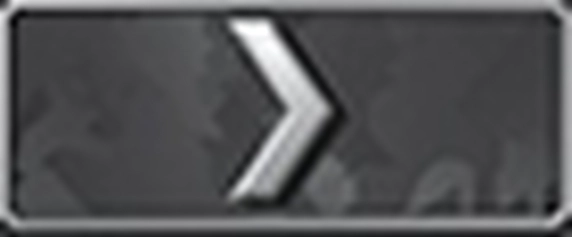
Silver I (S1);
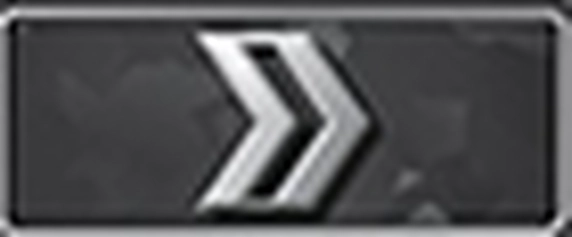 Silver II (S2);
Silver II (S2);
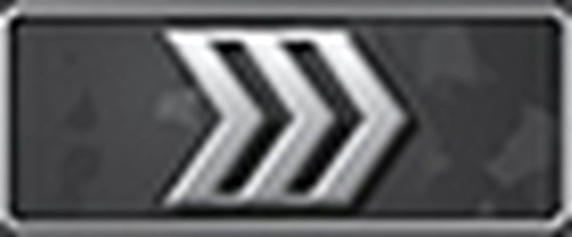 Silver III (S3);
Silver III (S3);
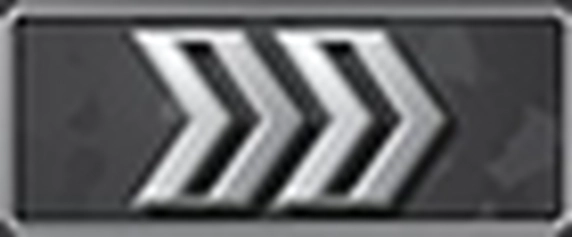 Silver IV (S4);
Silver IV (S4);
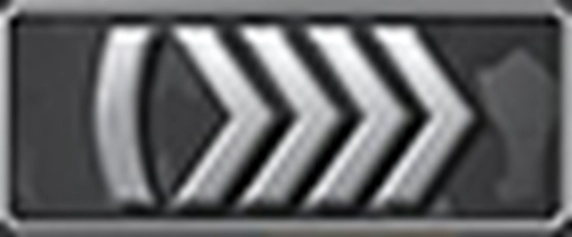 Silver Elite (SE);
Silver Elite (SE);
 Silver Elite Master (SEM);
Silver Elite Master (SEM);
 Gold Nova I (GN1);
Gold Nova I (GN1);
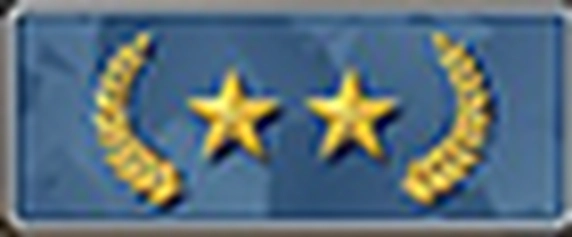 Gold Nova II (GN2);
Gold Nova II (GN2);
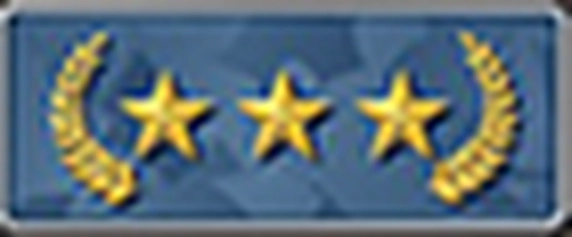 Gold Nova III (GN3);
Gold Nova III (GN3);
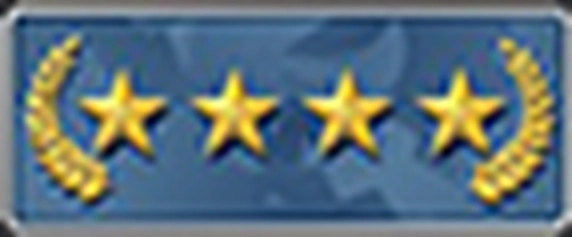 Gold Nova Master (GNM/GN4);
Gold Nova Master (GNM/GN4);
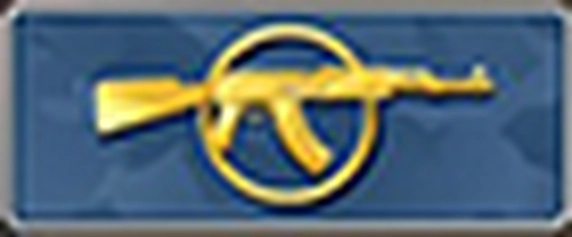 Master Guardian I (MG/MG1);
Master Guardian I (MG/MG1);
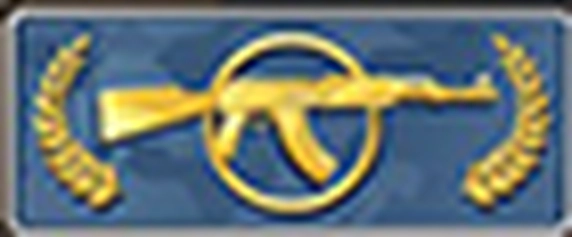 Master Guardian II (MG2);
Master Guardian II (MG2);
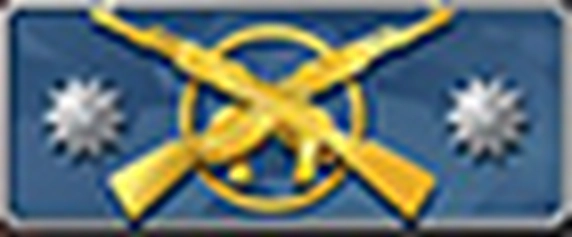 Master Guardian Elite (MGE);
Master Guardian Elite (MGE);
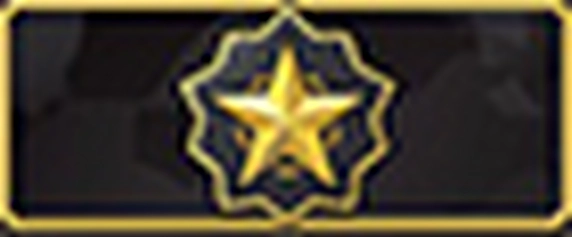 Distinguished Master Guardian (DMG);
Distinguished Master Guardian (DMG);
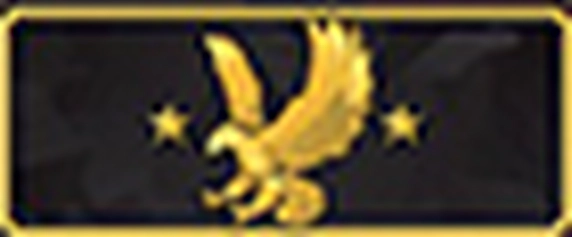 Legendary Eagle (LE);
Legendary Eagle (LE);
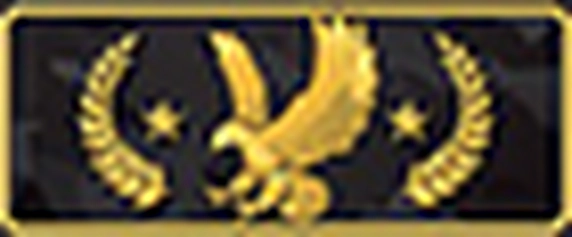 Legendary Eagle Master (LEM);
Legendary Eagle Master (LEM);
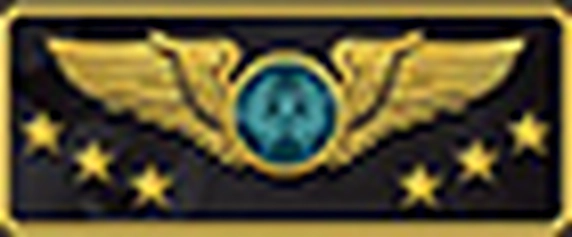 Supreme Master First Class (SMFC);
Supreme Master First Class (SMFC);
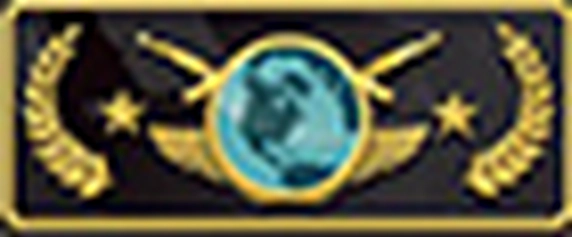 The Global Elite (GE).
The Global Elite (GE).
You can see a kind of tier system in the CSGO ranking system:
This division into tiers is nicely visible in the CSGO new ranking system, introduced by Valve in November 2017. It changed the appearance of the virtual “shoulder marks”.
How to get your first CS:GO rank?
When you start playing CS:GO, you have no rank at all – the game should distinguish your real skills. To get your first rank, you have to win 10 competitive matches.
And here is the moment when CS:GO levels come into play.
You can’t play competitive matches unless you have reached the second level of experience. Get it by playing the game in other modes, for example Deathmatch and Casual.
Begin playing ranking competitive matches not only after reaching Level 2 but also after you feel ready! During this “exam” you’ll face opponents and get teammates of different ranks, starting from the lowest tier and then trying your strengths in more and more difficult matches.
Don’t expect to run before you crawl. Most beginners remain in the Silver ranks.
If you don’t play CS:GO for more than a month, you need to renew your rank. This time, one match will be enough.
How to rank up in CS:GO?
The game developers don’t reveal the exact mechanics of ranking up. The reasons are obvious – this would give cheaters a plan of making particular steps for getting high ranks unfairly.
Still, many players ask “How to rank up in CSGO?”, so here is the best working plan:
The ranking system counts:
Using CS:GO console commands may help you to play better and increase your rank faster.
CS:GO Rankings and Levels
There is a big difference between ranks of players and their in-game levels. If the CS GO rankings are all about “sorting” players by their skills, the levels indicate how much effort they put into the game.
There are 40 levels in the game (often called profile ranks). Their icons are shown in the picture below.
Almost any in-game activity gives you XP points – battle effectively on the official servers of Valve to get a lot. When you level up, the game gives you a random item (once per week) – CS:GO skins or cases, to open, to use in matches, or to sell on the Skins.Cash site for real money.
After reaching the 40th level, you get a Service Medal – click the button “Get Service Medal” near the level progress bar. The level icons will change their color, and you will be able to repeat the same way on the levels stairs. This scheme works for a few times per year. The developers change these medals year after year, so each of them is unique. Will be you dedicated enough to assemble your own CS:GO medal collection?
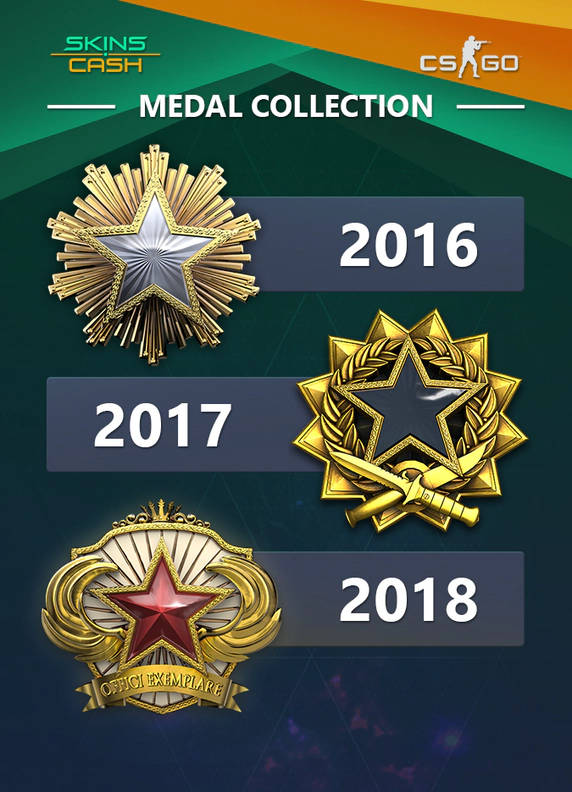
The phenomenon of smurfs
This doesn’t mean the popular blue creatures, but refers to high-ranked players who play against beginners in the game. Such smurfs want to get rewards for leveling up, but they don’t want to put in effort for this. So, they:
This sucks for most gamers. It spoils the game excitement for everyone, including smurfs themselves.
Beginners in CS:GO should know about smurfs. If suddenly you lose matches and can do nothing about it, this doesn’t necessarily mean you are a total noob – maybe there is a smurf in the opposite team. Don’t lose your confidence!
Also, players of any level should remember about smurfs. You may get a teammate that spoils the game and does nothing for victory – this may be a smurf, and his intention is to reduce his rank and the ranks of everyone in the team. It’s better not to play with such guys. Don’t add them to your Steam friend list.
Some players think that Counter Strike Global Offensive ranks have a lack of truly top levels – pro-players are more skilled than most GEs. But maybe they are in an entirely different dimension and aren’t interested in ranks. Playing in such Esports events as ESL Pro League Season 7: Finals is all they need.
Follow Skins.Cash on Facebook and Twitter to get notifications about posts on our blog.
Click to sell your skins on Skins.cash and get cash instantly.













































